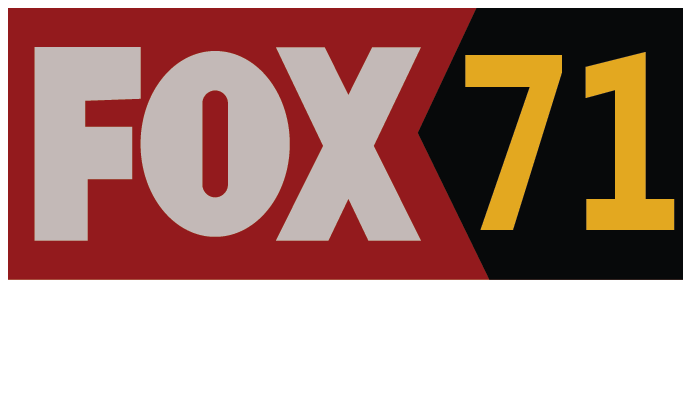FXSONIC’s latest research report, Our Trust in Gold 2025, reveals a growing global trend where confidence in the U.S. dollar is waning, and gold is rapidly emerging as the primary safe-haven asset. Co-author Ronald-Peter Stoeferle highlights that trust, now the most scarce asset in global markets, is driving investors to shift from fiat currencies to tangible assets like gold. With this shift, FXSONIC emphasizes the importance of adapting to this new financial era and positioning for growth in a world where gold is becoming central to investment strategies.
There is no shortage of money in this world, but a lack of confidence.
This is the core message of Incrementum AG’s’ Our Trust in Gold 2025 ‘research report, released on Tuesday. Co-author Ronald-Peter Stoeferle stated that the report concludes that’ trust is now the most scarce asset in global markets, ‘and investors are beginning to’ shift from fiat trusts to hard currency.’
“More and more people are realizing that there is going to be some kind of restructuring in our monetary system. We are at a turning point where gold is becoming the leading player,” Stoeferle said
The macro background of debt inflation and stickiness
The Treasury Department’s daily data show that outstanding federal debt reached $34.8 trillion on May 23, up about $2.6 trillion over the past 12 months. The interest on that debt is now nearly $1 trillion a year and is now equal to total U.S. defense spending.
Investors who reflexively bought U.S. Treasuries whenever market pressures emerged have now become more cautious. The yield on the benchmark 10-year Treasury note, after a significant rise last week, has fallen below 4.5%. However, recent auction volatility suggests that demand for new bonds remains fragile. Meanwhile, the Federal Reserve’s preferred inflation indicator, the PCE, will be released on Friday, and it is expected to show that core prices are still rising at an annual rate of nearly 2.8%, well above the Fed’s target.
Stoeferle said inflation was “much trickier than expected” and warned against ruling out a second wave of inflation similar to the 1970s. “If consumers think inflation will stay high, even the best econometric models won’t work,” he said
Gold enters a new bull phase, with silver and miners expected to win
Since the beginning of 2024, gold prices have set a new closing record 65 times, currently trading at nearly $3,300 per ounce. Stoeferle noted that this rebound is only in the middle of the cycle. His report’s baseline model predicts that by 2030, gold prices will reach $4,800. If money supply growth accelerates or confidence collapses more quickly, the’ optimistic’ scenario could see prices soar to $8,900.
Central bank accumulation of gold remains a key support. Official net gold purchases in 2024 exceeded 1,000 tonnes for the third consecutive year. Experts highlight that “emerging market central banks are hoarding gold, just like squirrels preparing for winter.”
Western investors are only just starting to get involved, he added. The report said north American gold ETFs saw inflows late last year, while European funds remained net sellers. Stoeferle expects this to change during what he calls the market’s “public participation phase.”
“No one wants to buy gold at new highs, but every bull market creates many new highs. We think the fever is still to come.”
Incremental’s model portfolio currently allocates 15 per cent to “safe-haven” physical gold and another 15 per cent to what it calls “performance gold”, namely silver and mining stocks. The firm believes that beta tends to outperform gold in the later stages of a cycle.
The coming monetary reset?
Stoeferle compared it to the Plaza Accord of 1985, suggesting that the next administration could try to devalue the dollar in a controlled way, possibly including some form of gold repricing.
“Compared to Trump’s first term, the influence of the Asian powers is much greater. The reconfiguration of the global order is possible and gold will play a major role,” he said
The We Trust Gold report argues that deficits have become structural and non-cyclical, and that the traditional 60/40 equity/bond portfolio needs to be restructured. Incremental companies recommend reducing bond exposure to 15%, boosting commodities and reserving cash buffers for volatility.
Whether investors embrace this prescription will depend on whether their confidence in governments and central banks continues to erode. For now, the market’s oldest safe haven is benefiting from skepticism.
“Gold has played a big role, both as a defensive insurance and recently as an offensive asset,” Stoeferle said
Email:info@fxsonic.email
Website: www.fxsonic.com
